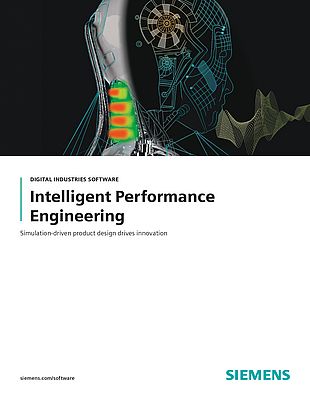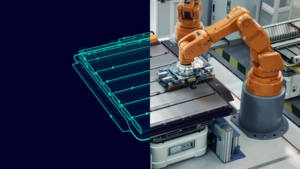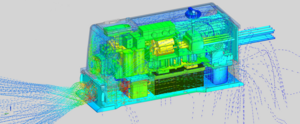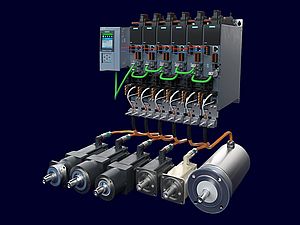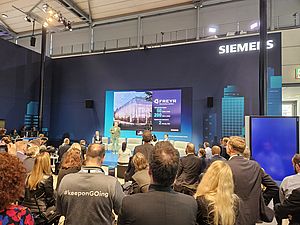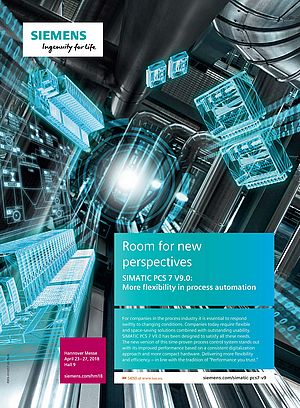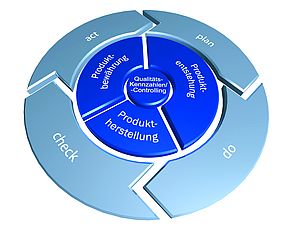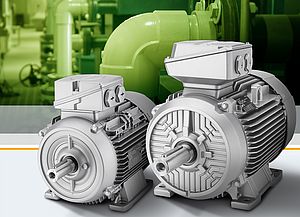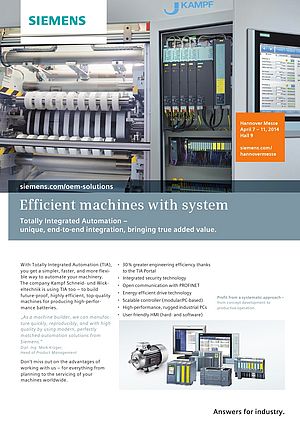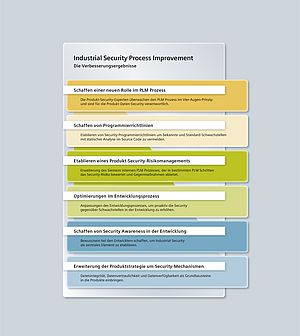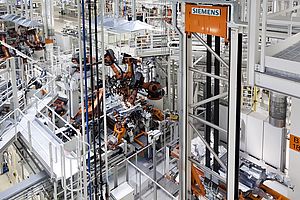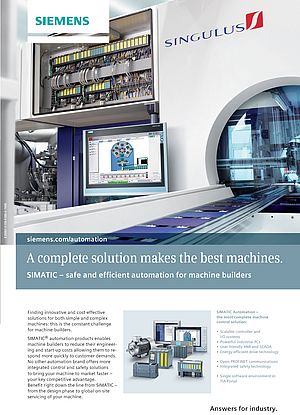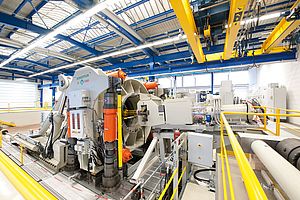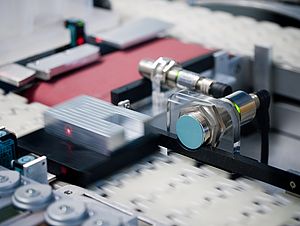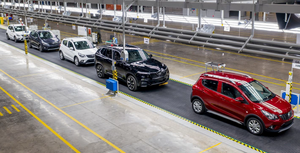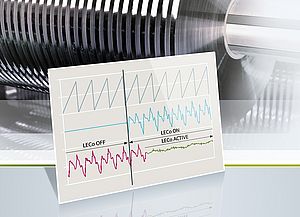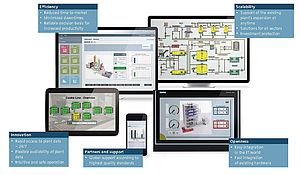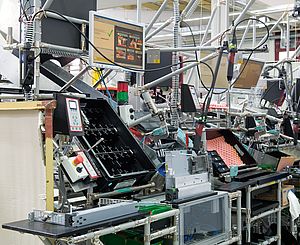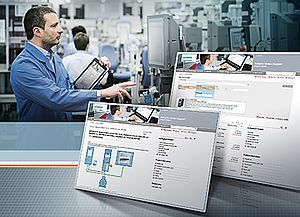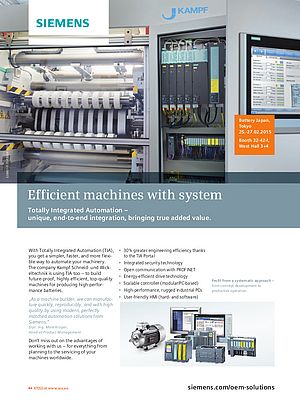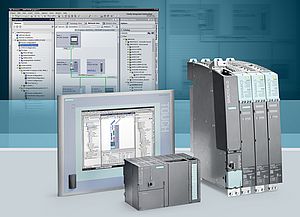Siemens. The challenge for machine builders is to deliver more intelligent, flexible, configurable and automated industrial machinery equipment to meet end-customer demands for more personalized, differentiated products. The growing number of variations adds considerable complexity for OEMs as they struggle to develop safer, more cost-effective and better performing machines. Machine builders are implementing Intelligent Performance Engineering (IPE) design practices to create a digital thread between design teams, analysts, production test teams and service engineers, thus meeting these demands and staying competitive in a global market.
IPE enables teams to efficiently evaluate a virtual environment to address the many variations required for next-generation machines, efficiently achieving an optimal balance of cost, performance and other vital requirements while achieving maximum reliability. Supported by the cloud-based, PLM backbone, IPE drives informational visibility, cross-department collaboration and the flexibility to amend and optimize machine performance. IPE offers three key specific differentiators to assist machine builders: multiphysics simulation, integrated design and simulation and closed-loop validation.
Multiphysics simulation balances multiple-attribute engineering to deliver a broad range of physics and disciplines under one umbrella. Closed-loop validation confirms simulations by capturing and testing the relationship between requirements, functional layout, logical implementation and physical implementation.
This white paper focuses on the advantages of integrated design and simulation, allowing designers and simulation engineers to use the same model in one system, helping to drive innovation and boost productivity through simulation.



